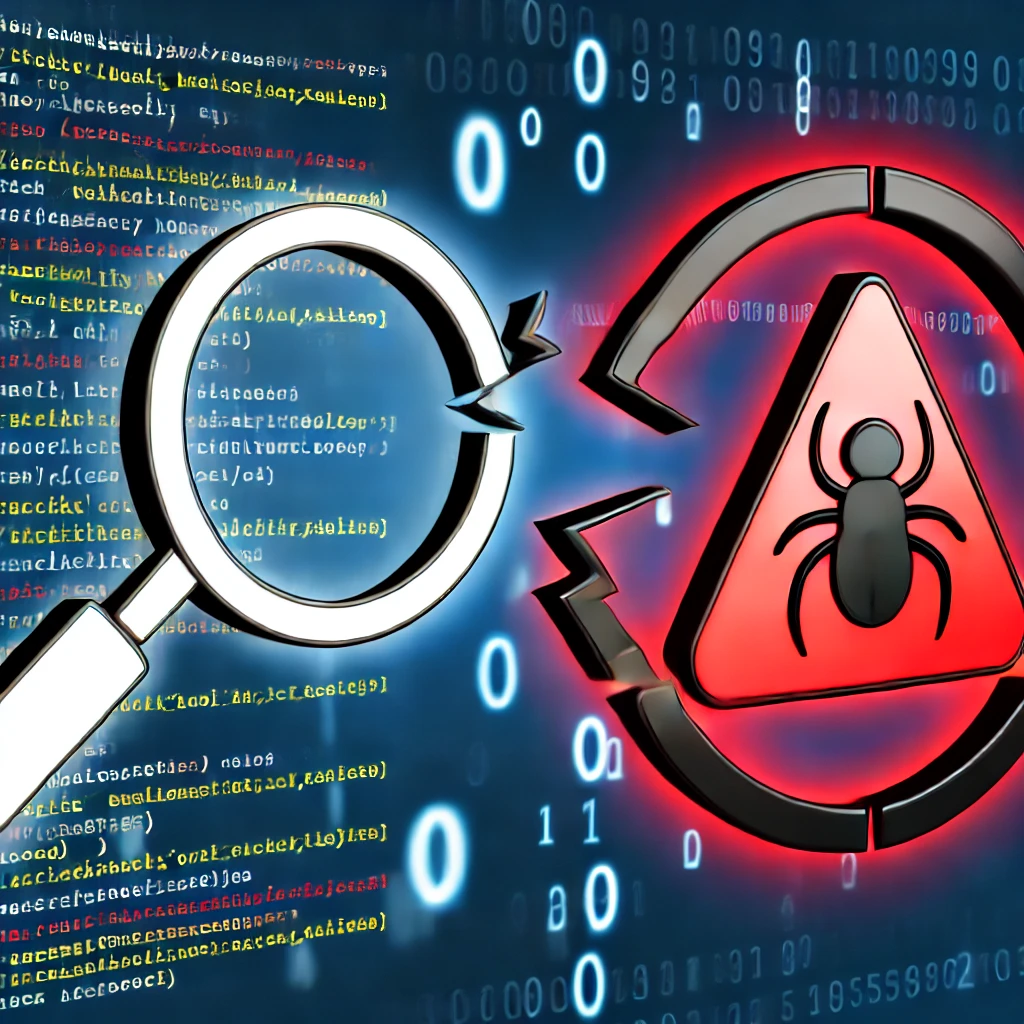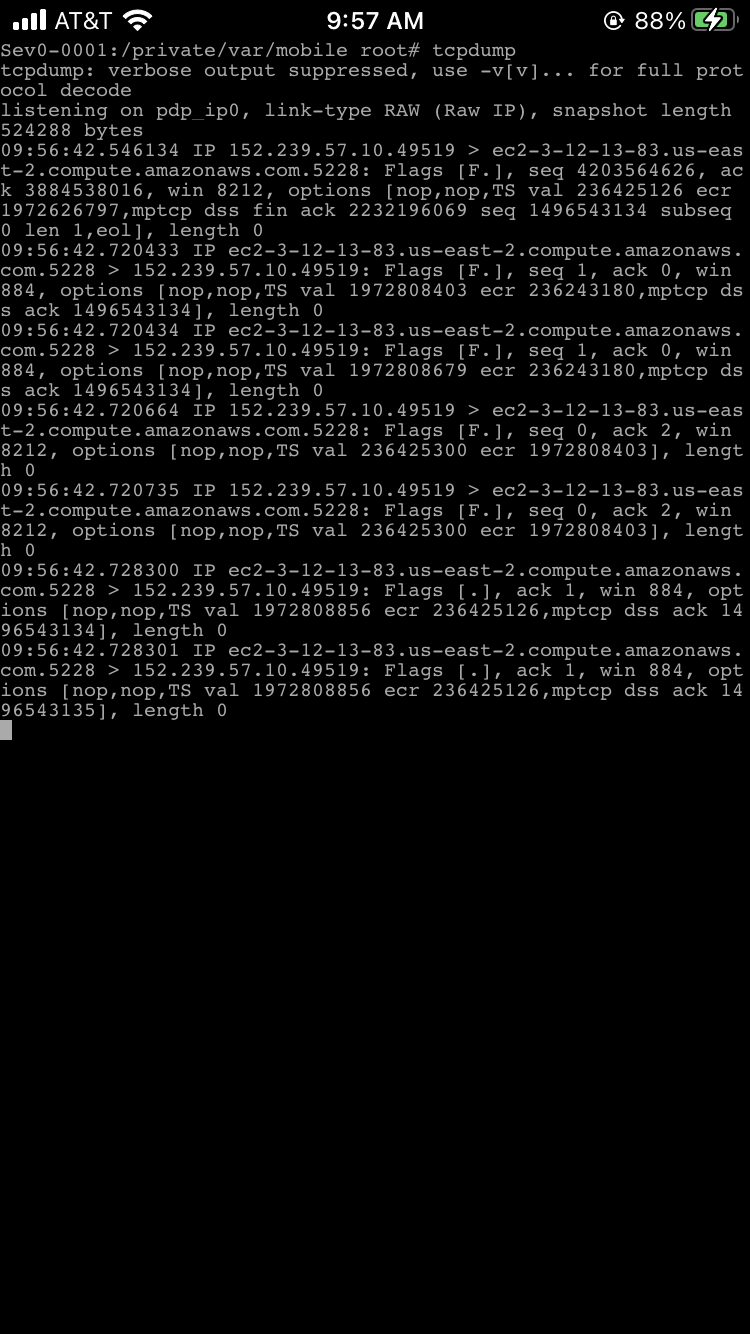As the number of cyberattacks grow, businesses must adopt a proactive approach to securing their networks, applications, and systems. One of the most effective strategies to achieve this is by bundling penetration testing and vulnerability scanning for a more comprehensive approach to identifying potential threat vectors. Combining these two practices not only strengthens an organization’s security posture but also ensures that security vulnerabilities are detected, prioritized, and mitigated in a timely manner.
What is Vulnerability Scanning?
Vulnerability scanning is an automated process that examines an organization’s systems, networks, and applications for known security weaknesses. Vulnerability scans can identify potential security gaps, such as outdated software, misconfigurations, or unpatched systems. These scans provide a comprehensive overview of an organization’s security flaws, allowing security teams to focus on remediation efforts.
However, vulnerability scanning has it’s limitations. Since it is an automated process, it can miss more complex vulnerabilities or deliver false positives. While it is crucial for identifying common weaknesses, vulnerability scanning alone is insufficient to uncover all potential attack vectors.
What is Penetration Testing?
Penetration testing is a more manual and thorough approach to identifying vulnerabilities, then determining if they are exploitable. In a penetration test, security professionals simulate real-world attacks on a network or system to exploit vulnerabilities, uncover weaknesses, and assess their potential impact. Unlike vulnerability scans, penetration testing dives deeper into an organization’s infrastructure, looking for complex vulnerabilities that scanners may overlook such as business logic flaws in applications.
Why Bundling Both is Essential
By bundling penetration testing and vulnerability scanning, organizations get the best of both worlds—a thorough, automated assessment of common vulnerabilities paired with a detailed, hands-on examination by cybersecurity experts. This combination provides a layered approach to security, reducing the chances of missing critical vulnerabilities, and bringing visibility to small misconfigurations that can become a problem later down the road. For these three reasons, we recommend our security bundle:
1. Comprehensive Threat Identification: Vulnerability scanning helps identify many small configuration issues, while penetration testing goes beyond to exploit vulnerabilities and uncover deeper risks that scanners may not detect.
2. Prioritized Remediation: A vulnerability scan alone may generate a long list of issues. Bundling it with penetration testing helps prioritize these vulnerabilities, as penetration testers can exploit certain weaknesses, demonstrating their real-world impact and giving security teams a clear sense of which vulnerabilities pose the greatest risk of exploitation by a real hacker.
3. Regulatory Compliance: Many industry standards, such as PCI DSS, HIPAA, and ISO 27001, require organizations to conduct vulnerability scans and penetration tests. By bundling these services, businesses can more easily meet compliance requirements while ensuring a more robust security approach.
Enter Severity Zero
Bundling vulnerability scanning and penetration testing is an effective, comprehensive strategy for organizations looking to improve their security posture. By combining automated scans with hands-on testing, businesses can detect, prioritize, and remediate vulnerabilities more efficiently, ensuring a stronger defense against potential cyberattacks.
Ready to start testing?







